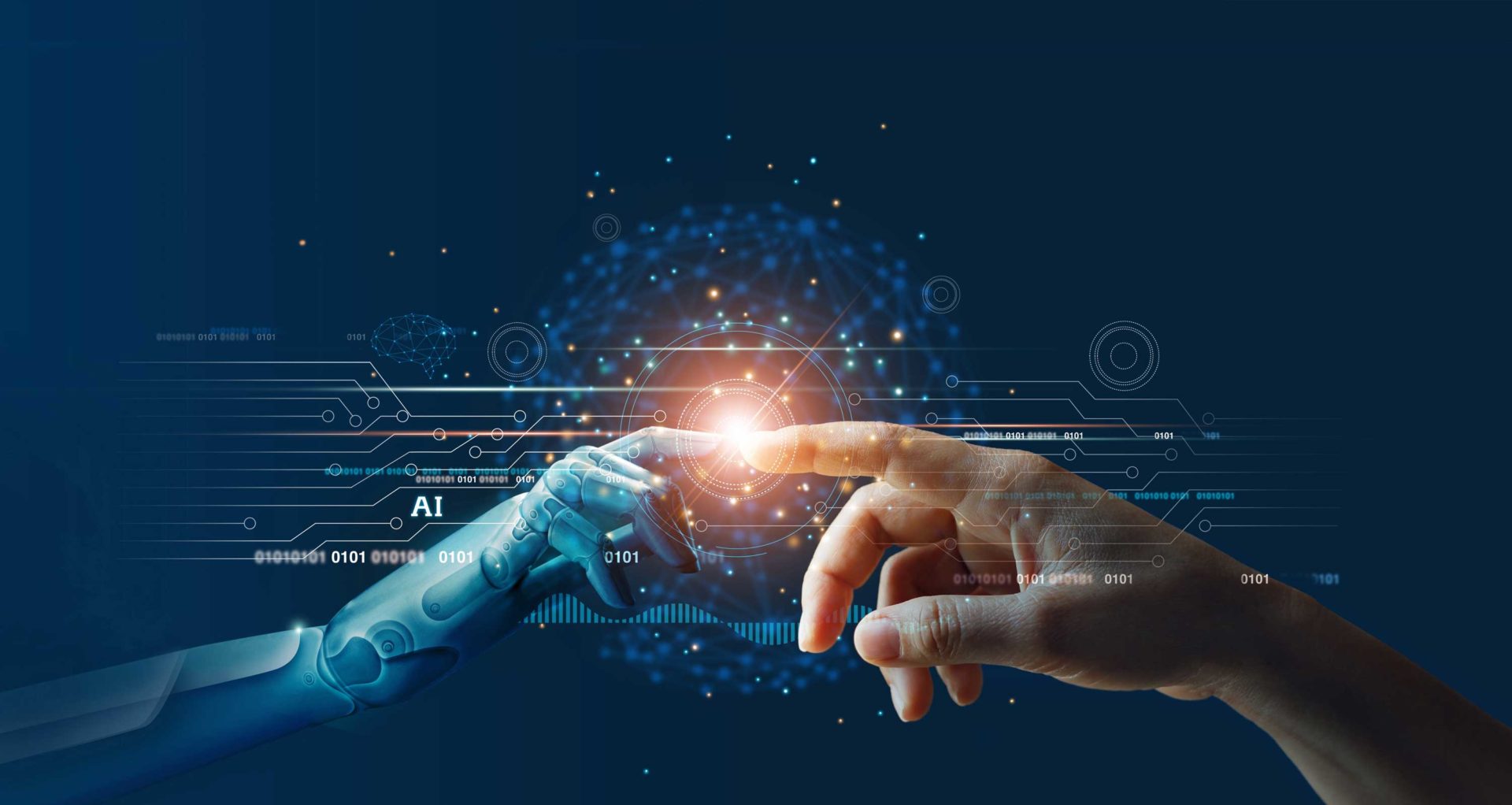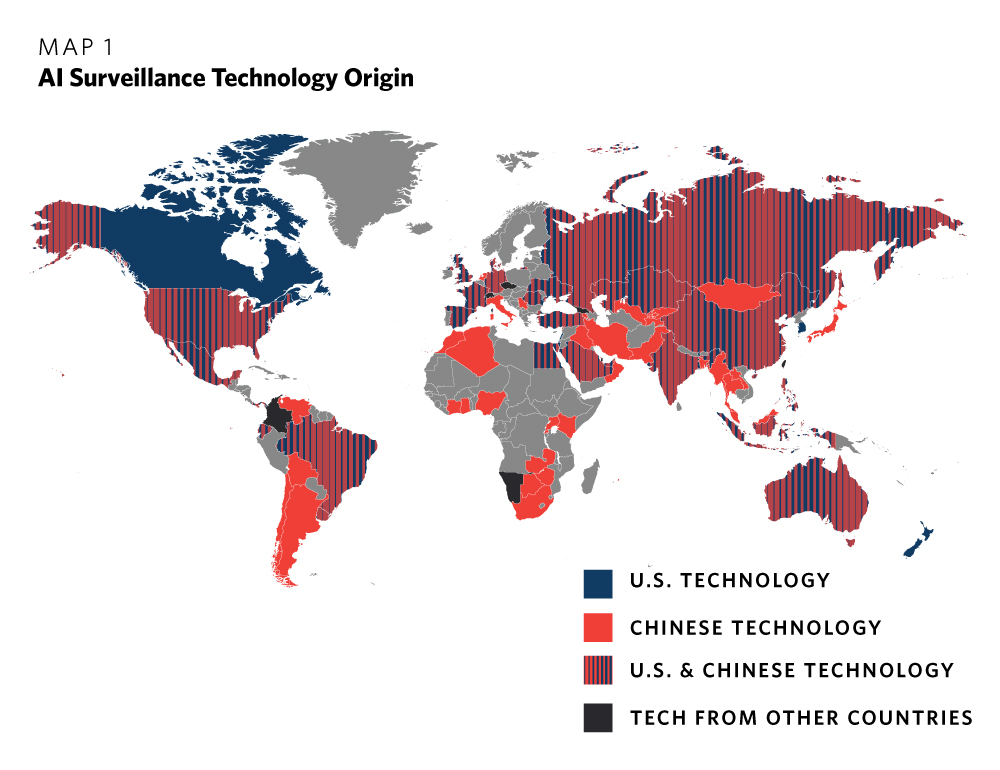
The Dark Side of AI: How Chatbots Are Changing Human Interaction
As AI technology continues to advance, we are seeing more and more chatbots being integrated into our daily lives. From virtual assistants like Siri and Alexa to customer service chatbots, these AI-powered machines are designed to make our lives easier and more convenient. However, a recent report by OpenAI has raised concerns about the potential risks of chatbots, particularly when it comes to human interaction.
According to OpenAI, chatbots like ChatGPT-4o have the potential to become so advanced that they could lead to people becoming emotionally attached to them. This may seem like a harmless phenomenon, but it could have serious consequences for human relationships. As we become more and more reliant on chatbots for companionship and social interaction, we may start to neglect our relationships with real humans.
This is not just a theoretical concern. In fact, OpenAI has already observed instances of testers speaking to ChatGPT-4o in ways that suggest a level of emotional attachment. For example, some testers have been known to lament the fact that they will no longer be able to interact with the chatbot after a certain period of time. This kind of behavior is not only unusual but also potentially problematic.
So, what can be done to mitigate the risks associated with chatbots? One possible solution is to design chatbots that are more transparent about their limitations and capabilities. This could involve providing users with clear guidelines about how to interact with the chatbot and what to expect from it. Additionally, chatbot developers could incorporate features that encourage users to engage in human-to-human interaction, such as suggesting activities or hobbies that users can pursue with friends and family.
Another area of concern is the potential for chatbots to perpetuate misinformation and conspiracy theories. According to OpenAI, testers have been able to prompt ChatGPT-4o to repeat false information and produce conspiracy theories. This is a serious concern, as it could lead to the spread of misinformation and the erosion of trust in institutions.
To address this issue, chatbot developers could incorporate fact-checking mechanisms into their designs. This could involve partnering with reputable fact-checking organizations or incorporating AI-powered fact-checking tools into the chatbot itself. Additionally, chatbot developers could design their chatbots to be more transparent about the sources of their information and to provide users with clear guidelines about how to evaluate the credibility of the information they receive.
In conclusion, while chatbots have the potential to revolutionize the way we interact with technology, they also pose significant risks to human relationships and the spread of misinformation. By designing chatbots that are more transparent, accountable, and encouraging of human-to-human interaction, we can mitigate these risks and ensure that chatbots are used in a way that benefits society as a whole.
The Future of Transportation: How Technology Is Changing the Way We Travel
As we look to the future of transportation, it is clear that technology will play a major role in shaping the way we travel. From autonomous vehicles to intelligent speed assistance systems, there are a number of technologies that are being developed to make our roads safer and more efficient.
One of the most promising technologies in this area is intelligent speed assistance (ISA) systems. These systems use a combination of GPS, cameras, and sensors to determine the speed limit of the road and to alert the driver if they are exceeding it. According to a recent report by the California State Legislature, ISA systems have the potential to reduce the number of traffic fatalities on our roads.
However, the development of ISA systems is not without its challenges. One of the main concerns is the potential for these systems to be hacked or compromised in some way. This could lead to a situation where the system is providing false or misleading information to the driver, which could have serious consequences.
To address this concern, developers of ISA systems will need to prioritize cybersecurity and to ensure that their systems are designed with safety and security in mind. This could involve incorporating robust security protocols into the system, as well as providing regular software updates to ensure that the system remains secure.
Another area of concern is the potential for ISA systems to be used to track the movements of drivers. This could raise serious privacy concerns, as it could potentially allow governments or other organizations to monitor the movements of individuals.
To address this concern, developers of ISA systems will need to prioritize transparency and accountability. This could involve providing clear guidelines about how the system will be used and what data will be collected, as well as incorporating mechanisms for drivers to opt-out of the system if they choose to do so.
In conclusion, while there are certainly challenges associated with the development of ISA systems, these technologies have the potential to revolutionize the way we travel. By prioritizing safety, security, and transparency, we can ensure that these systems are used in a way that benefits society as a whole.
The Intersection of Law and Technology: How AI Is Changing the Legal Profession
As we look to the future of the legal profession, it is clear that technology will play a major role in shaping the way we practice law. From AI-powered document review to predictive analytics, there are a number of technologies that are being developed to make the practice of law more efficient and effective.
One of the most promising technologies in this area is AI-powered document review. This technology uses machine learning algorithms to review and analyze large volumes of documents, allowing lawyers to focus on higher-level tasks such as strategy and advocacy.
According to a recent report by Aderant, AI-powered document review has the potential to revolutionize the way we practice law. By automating routine tasks such as document review, lawyers can focus on more complex and high-value tasks, leading to increased efficiency and productivity.
However, the development of AI-powered document review is not without its challenges. One of the main concerns is the potential for these systems to perpetuate bias and discrimination. This could lead to a situation where certain groups of people are disproportionately affected by the use of these systems.
To address this concern, developers of AI-powered document review systems will need to prioritize fairness and transparency. This could involve incorporating mechanisms for detecting and mitigating bias, as well as providing clear guidelines about how the system will be used and what data will be collected.
Another area of concern is the potential for AI-powered document review systems to replace human lawyers. This could lead to a situation where lawyers are no longer needed, leading to significant job losses and disruption to the legal profession.
To address this concern, developers of AI-powered document review systems will need to prioritize collaboration and augmentation. This could involve designing systems that work alongside human lawyers, rather than replacing them. By doing so, we can ensure that the benefits of AI-powered document review are realized while minimizing the risks.
In conclusion, while there are certainly challenges associated with the development of AI-powered document review systems, these technologies have the potential to revolutionize the way we practice law. By prioritizing fairness, transparency, and collaboration, we can ensure that these systems are used in a way that benefits society as a whole.
The Future of Work: How AI Is Changing the Way We Work
As we look to the future of work, it is clear that AI will play a major role in shaping the way we work. From virtual assistants to predictive analytics, there are a number of technologies that are being developed to make our work lives more efficient and effective.
One of the most promising technologies in this area is virtual assistants. These AI-powered tools use machine learning algorithms to learn our habits and preferences, allowing them to anticipate and automate routine tasks.
According to a recent report by Aderant, virtual assistants have the potential to revolutionize the way we work. By automating routine tasks, we can focus on higher-level tasks such as strategy and creativity, leading to increased productivity and efficiency.
However, the development of virtual assistants is not without its challenges. One of the main concerns is the potential for these systems to perpetuate bias and discrimination. This could lead to a situation where certain groups of people are disproportionately affected by the use of these systems.
To address this concern, developers of virtual assistants will need to prioritize fairness and transparency. This could involve incorporating mechanisms for detecting and mitigating bias, as well as providing clear guidelines about how the system will be used and what data will be collected.
Another area of concern is the potential for virtual assistants to replace human workers. This could lead to a situation where workers are no longer needed, leading to significant job losses and disruption to the economy.
To address this concern, developers of virtual assistants will need to prioritize collaboration and augmentation. This could involve designing systems that work alongside human workers, rather than replacing them. By doing so, we can ensure that the benefits of virtual assistants are realized while minimizing the risks.
In conclusion, while there are certainly challenges associated with the development of virtual assistants, these technologies have the potential to revolutionize the way we work. By prioritizing fairness, transparency, and collaboration, we can ensure that these systems are used in a way that benefits society as a whole.
Conclusion
In conclusion, the development of AI and other technologies is having a profound impact on our society. From the way we interact with each other to the way we work and travel, these technologies are changing the fabric of our daily lives. While there are certainly challenges associated with the development of these technologies, they also have the potential to bring about significant benefits. By prioritizing fairness, transparency, and collaboration, we can ensure that these technologies are used in a way that benefits society as a whole.












